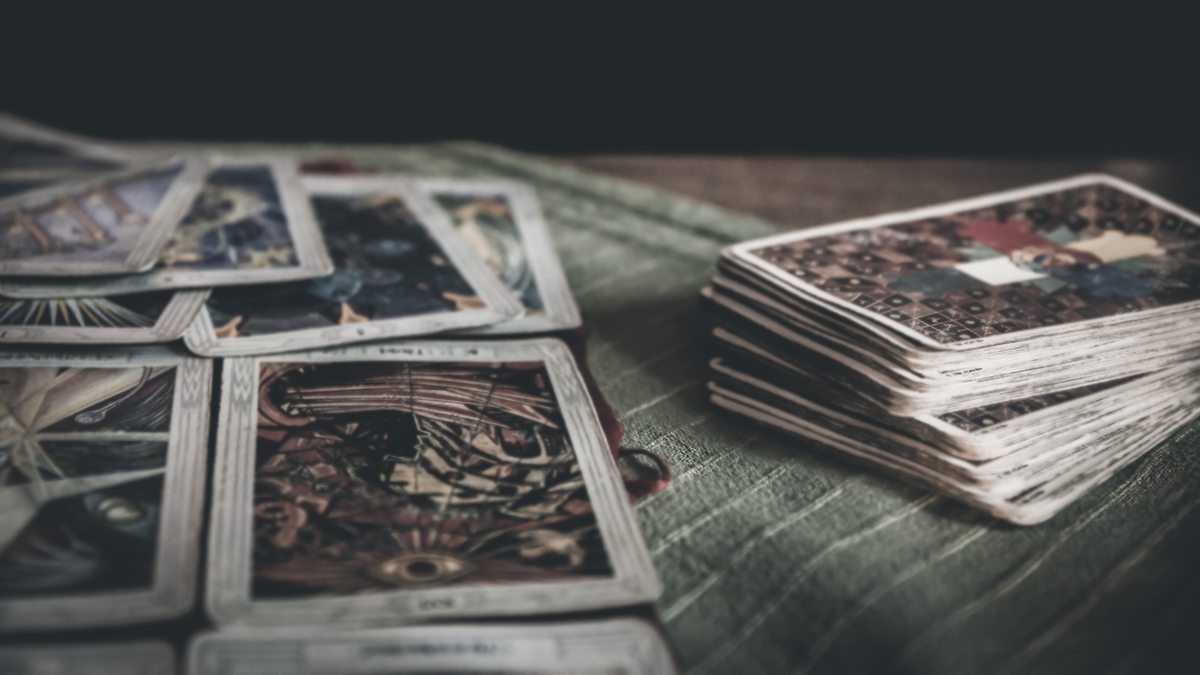Learning about the deeper meaning of the supernatural
Maymester's “Supernatural Encounters: Zombies, Vampires, Demons and the Occult in the Americas” explored the relationships between supernatural folklore and societal issues such as ethnocentrism, imperialism and social inequality and change.

The 1968 horror film “Night of the Living Dead” is one of the most famous depictions of zombies in American culture. But, the origin of the zombie actually traces its roots back to Haiti, where the centuries-old mythology is more than just entertainment.
Zombies were just one supernatural legend that Carolina students learned about in Maymester’s “Supernatural Encounters: Zombies, Vampires, Demons and the Occult in the Americas” as a way to explore the relationships between supernatural folklore and societal issues such as ethnocentrism, imperialism and social inequality and change.
“I went into the class looking forward to learning about the occult in the Americas, but it was more than that,” said Cecilia Poston, a rising junior majoring in mathematics and classics. “It was about an anthropological, psychoanalytical way to look at folklore and to analyze the stories that we tell in our own cultures, and what those mean for us.”
Throughout the course, the students learned that while most of the folklore they studied — like zombies and vampires — aren’t necessarily true, they still reveal deeper narratives about the people who tell the stories and the culture that surrounds them.
“The students learn that all of these stories are meaningful, and they can’t be dismissed as superstition, because they are meaningful for those who share these stories,” said Brendan Thornton, an associate professor in the College of Arts & Sciences’ religious studies department. “What matters is that the people in them are real. The details in them are true. Even if they’re empirically false or they’re not historically accurate, they have very real consequences.”
Those consequences are evident in the Peruvian legend of the pishtaco, a mythical tall, hairy man who kills indigenous Peruvians to gain wealth. Like zombies, the pishtaco isn’t real, but Thornton said the stories reveal the deeper historical, social and economic relationships between the indigenous population and non-native people in the country.
“This folklore has been around for hundreds of years, and it actively impacts the lives of anthropologists and people who come to the region,” Poston said. “They have to make sure that they don’t give the indication or appearance that they are secretly a pishtaco, because it could harm their relationship with the indigenous population.”
Since most of the folklore the class focused on comes from outside of the U.S., Poston said it was important to analyze the stories using the cultural and historical background in each country.
“When we learned about folklore in Haiti or in South America, it was important to not look at the cultural beliefs that they practice there as strange,” Poston said. “If we looked at them as strange, we wouldn’t be able to understand what their folklore meant to them, and that’s the whole point. That’s how you can understand it.”
While he knows the class has a fun title and covers interesting topics, Thornton acknowledges that years after students leave his class, they won’t remember every detail of his lectures or the readings. But he hopes the class creates long-lasting change in the ways that students approach and think about people and cultures that are different than they are.
“I can’t expect them to leave remembering the particulars,” Thornton said. “What I want them to leave with is the challenge to think about the world in different ways and to question their taken-for-granted assumptions about the world.”




